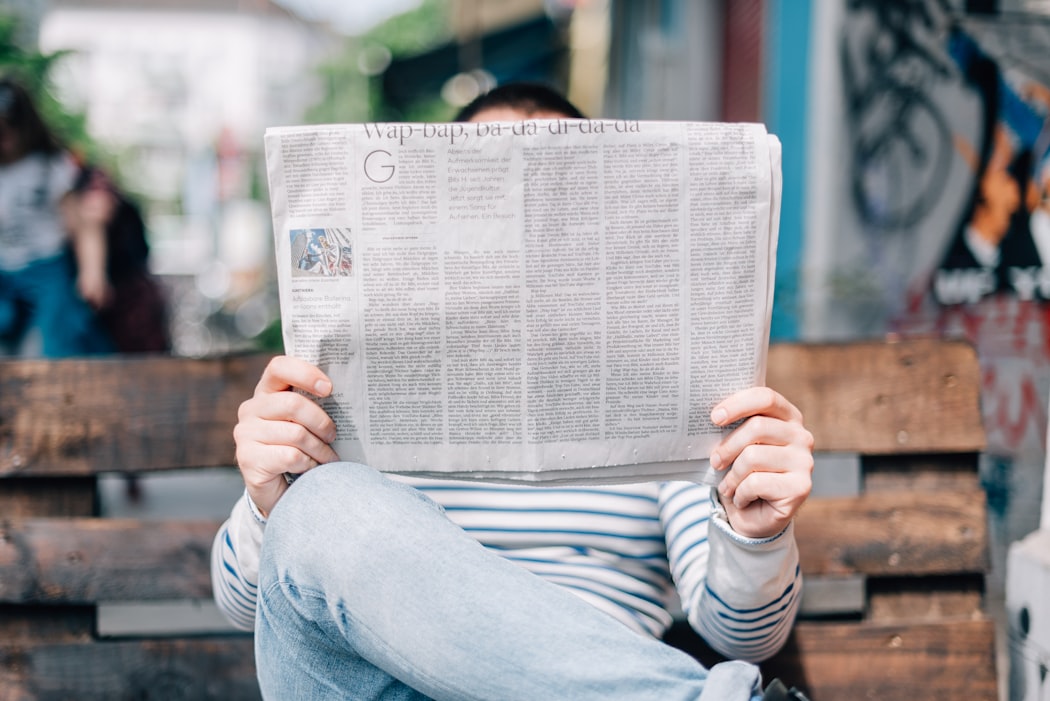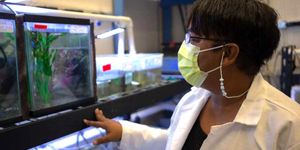Seeing is No Longer Believing
Seeing is no longer believing.
It is now quite easy to manipulate images and re-imagine events. Anyone can download image editing software and through a few tutorials can be on their way altering pictures of people, places, and things. Now, a new study by researchers QUT's Digital Media Research Centre are examining the power of image editing and its implications in modern day journalism.
"When Donald Trump's staff posted an image to his official Facebook page in 2019, journalists were able to spot the photoshopped edits to the president's skin and physique because an unedited version exists on the White House's official Flickr feed," said lead author Dr T.J. Thomson.
"But what about when unedited versions aren't available online and journalists can't rely on simple reverse-image searches to verify whether an image is real or has been manipulated?
"When it is possible to alter past and present images, by methods like cloning, splicing, cropping, re-touching or re-sampling, we face the danger of a re-written history -- a very Orwellian scenario."
Visual mis/disinformation is a growing practice and many journalists and public communication specialist lack the necessary skills to differentiate between truth and fiction from one image. Images are usually edited so realistically that it goes unnoticed.
"Detection of false images is made harder by the number of visuals created daily -- in excess of 3.2 billion photos and 720,000 hours of video -- along with the speed at which they are produced, published, and shared," said Dr Thomson.
Learn more about the rise of fake news:
"Other considerations include the digital and visual literacy of those who see them. Yet being able to detect fraudulent edits masquerading as reality is critically important.
"While journalists who create visual media are not immune to ethical breaches, the practice of incorporating more user-generated and crowd-sourced visual content into news reports is growing. Verification on social media will have to increase commensurately if we wish to improve trust in institutions and strengthen our democracy."
"The ICFJ surveyed over 2,700 journalists and newsroom managers in more than 130 countries and found only 11% of those surveyed used social media verification tools," he said.
"The lack of user-friendly forensic tools available and low levels of digital media literacy, combined, are chief barriers to those seeking to stem the tide of visual mis/disinformation online."
Source: Science Daily









